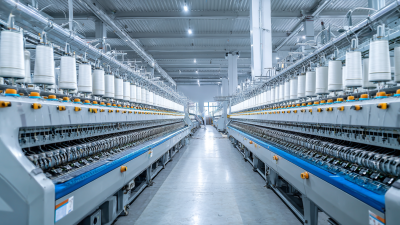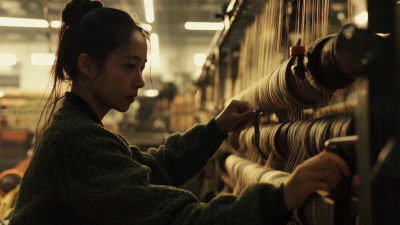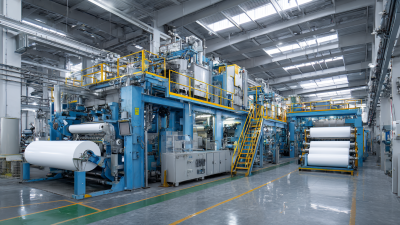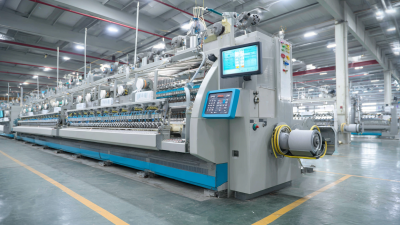Leave Your Message
In today’s competitive textile industry, understanding the intricacies of Textile Fabric Machines is essential for manufacturers aiming to enhance their production efficiency and product quality. As per the latest report by the Textile Association, the global textile machinery market is projected to reach $30 billion by 2025, driven by innovations in automation and technology. Efficient utilization of advanced Textile Fabric Machines can significantly reduce waste, optimize labor costs, and improve production timelines, leading to a more sustainable manufacturing process.
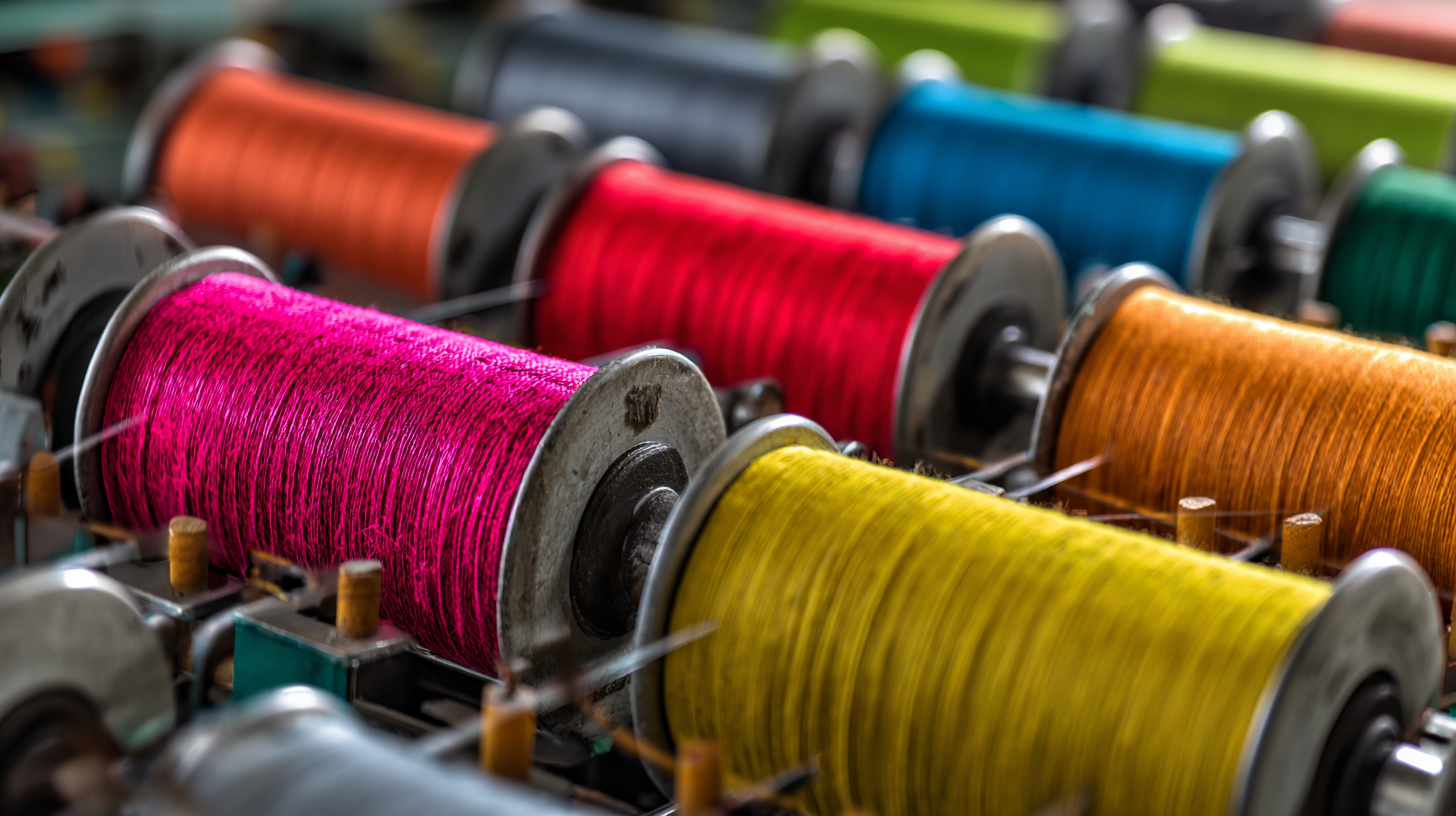 Additionally, a study by the Fabric Manufacturers Institute revealed that companies adopting state-of-the-art machinery have experienced up to a 20% increase in throughput while minimizing material costs. As the landscape of textile production evolves, investing in and understanding the capabilities of Textile Fabric Machines becomes pivotal for gaining a competitive edge and meeting the demands of a rapidly changing market.
Additionally, a study by the Fabric Manufacturers Institute revealed that companies adopting state-of-the-art machinery have experienced up to a 20% increase in throughput while minimizing material costs. As the landscape of textile production evolves, investing in and understanding the capabilities of Textile Fabric Machines becomes pivotal for gaining a competitive edge and meeting the demands of a rapidly changing market.
In today’s competitive manufacturing landscape, the integration of advanced textile machines has become pivotal. According to the Global Textile Machinery Market report, the industry is expected to grow at a CAGR of 5.8% over the next five years, driven by technological advancements and an increasing demand for high-quality fabrics. These machines enhance efficiency, streamline production processes, and significantly reduce waste, which aligns with sustainability goals increasingly sought by manufacturers.
Modern textile machines, such as computerized knitting and weaving technologies, enable manufacturers to maintain precision and flexibility in their operations. The implementation of automation and IoT (Internet of Things) in textile production not only facilitates real-time monitoring but also improves resource management. A study by Technavio predicts that the adoption of automated textile machinery can reduce operational costs by up to 30%, allowing manufacturers to allocate resources more efficiently. This evolution is crucial for industries aiming to meet consumer demands for faster production cycles and customized textile solutions while navigating the complexities of global supply chains.
| Machine Type | Function | Production Capacity (m²/h) | Energy Efficiency (kWh/m²) | Technological Features |
|---|---|---|---|---|
| Weaving Machine | Interlacing yarns to create fabric | 300 | 1.5 | Automatic loom settings |
| Knitting Machine | Looping yarns to produce knitted fabric | 400 | 2.0 | Computerized stitch patterns |
| Dyeing Machine | Applying color to fabrics | 200 | 3.5 | Eco-friendly dyeing process |
| Finishing Machine | Enhancing fabric properties | 250 | 2.2 | Automated inspection and adjustments |
In the textile industry, integrating digital technologies has become a game-changer for enhancing fabric production efficiency. According to a report from McKinsey, digitization in the manufacturing sector can lead to a productivity increase of up to 30%. By adopting advanced fabric machines equipped with smart technologies, manufacturers can streamline their workflow, reduce waste, and achieve higher precision in fabric design. These innovations not only boost production rates but also enable greater customization, catering to the evolving consumer demands for personalized textiles.
Tips: When considering the integration of digital technologies, start with a thorough assessment of your current systems. Identify areas where automation can reduce manual labor, thus freeing up resources for innovation. Implementing Internet of Things (IoT) solutions can provide real-time data analytics, allowing for quick decision-making and optimal inventory management.
Additionally, leveraging AI-driven design tools can further improve efficiency. Industry reports indicate that AI can cut design time by as much as 50%, enabling faster responses to market trends. Investing in training for your workforce to utilize these digital tools is crucial, as skilled personnel can maximize the potential of integrated technologies, ensuring a smoother transition and enhanced productivity throughout the manufacturing process.
The textile industry is undergoing a transformative shift driven by key innovations in machine designs, which play a critical role in enhancing competitiveness. One area of great advancement is the integration of artificial intelligence (AI) into textile machinery. AI-assisted technologies facilitate the automation of design processes, leading to improved efficiency and reduced waste. By leveraging AI, manufacturers can create smarter, more adaptable machines that not only streamline production but also allow for greater customization to meet evolving consumer demands.
Furthermore, sustainability is becoming a cornerstone of textile production. Innovations such as circular economy principles encourage manufacturers to develop closed-loop systems that emphasize recyclability and resource efficiency. Enhanced machine designs that focus on sustainable practices not only meet regulatory demands but also appeal to the environmentally conscious consumer. This focus on sustainability, combined with the latest technological advancements, positions textile manufacturers to not only catch up with market trends but to set new standards in the industry, ultimately revolutionizing the manufacturing process.
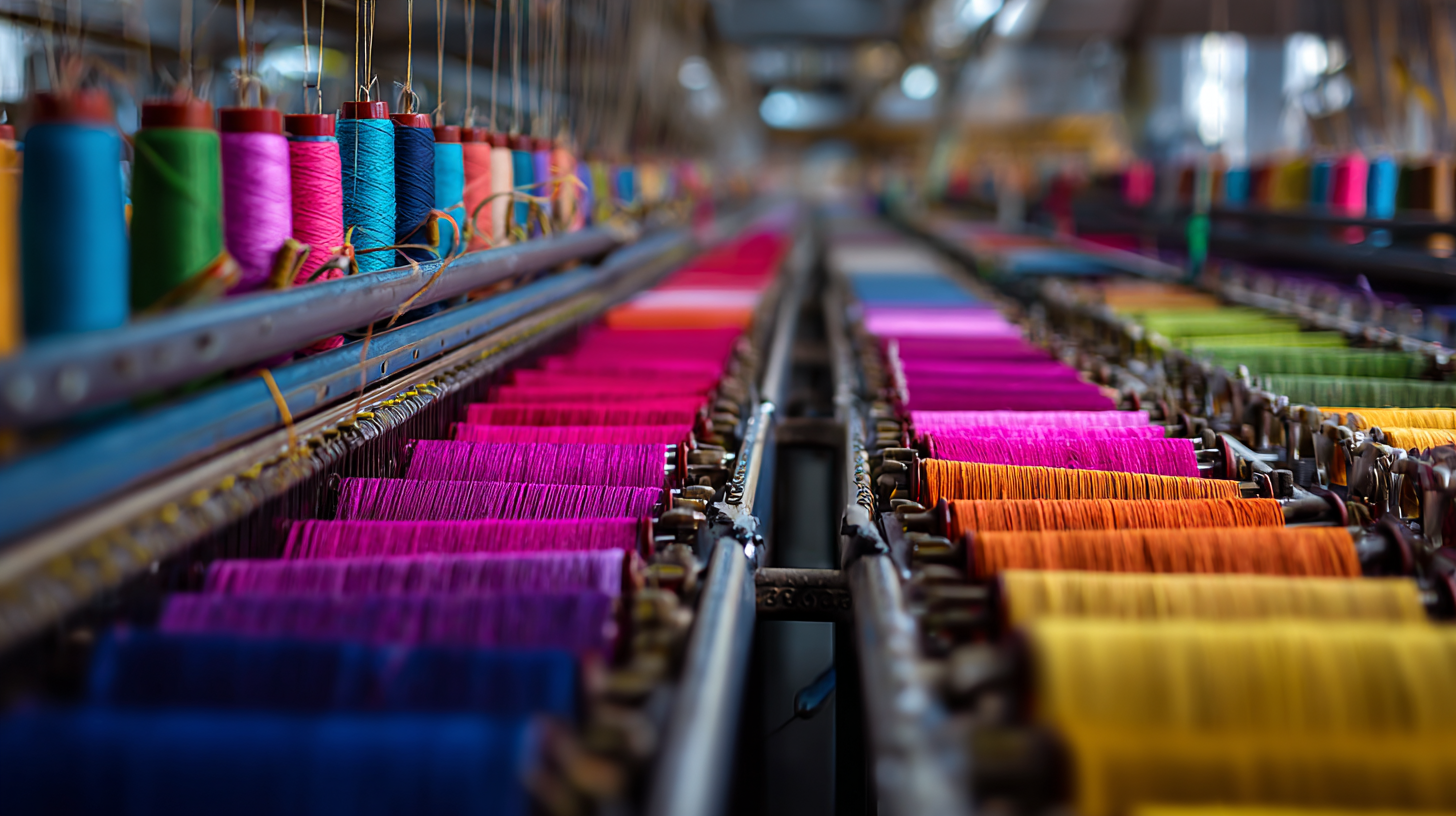
The textile industry is undergoing a significant transformation fueled by data analytics and automation, reshaping manufacturing processes in unprecedented ways. The development of intelligent manufacturing hubs, such as the Sichuan Zhijing Textile Intelligent Manufacturing Park, showcases how advanced automation can enhance production efficiency and drive innovation. With cutting-edge technologies like artificial intelligence and the Internet of Things (IoT) integrated into operations, companies are experiencing a notable increase in productivity. According to a recent report on China's lighthouse factories, organizations adopting these technologies are not just surviving but thriving, achieving impressive growth even amidst the global disruptions caused by the pandemic.
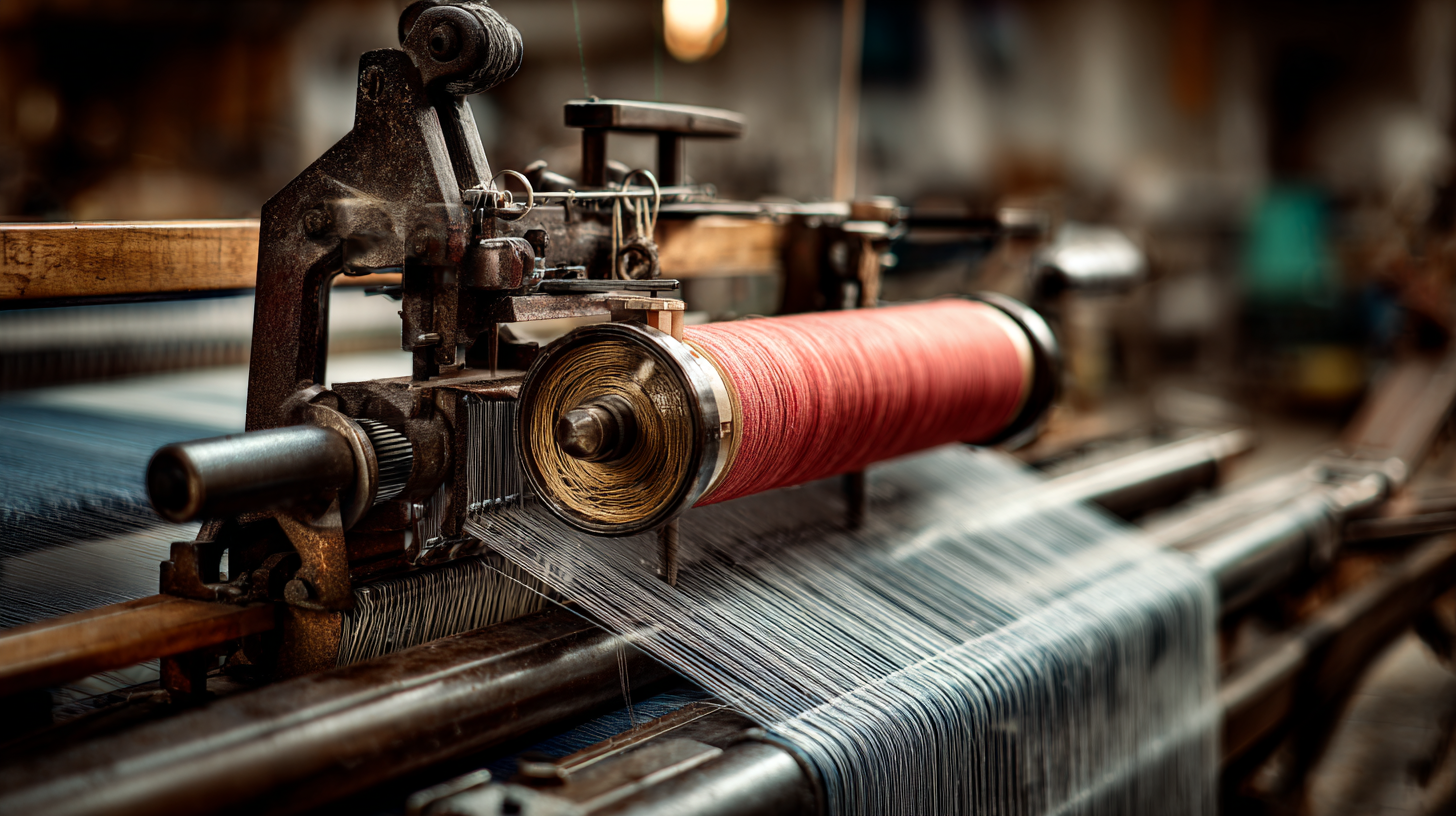
Automation in the textile sector offers remarkable advantages, such as reducing production times dramatically. For instance, traditional sewing processes that took hours can now be completed in a matter of seconds with automated sewing solutions. This shift not only accelerates output but also improves quality and consistency in products. Furthermore, as the industry leans towards digital transformation, 55% of textile companies have initiated steps to incorporate data-driven strategies into their management processes. These innovations empower manufacturers to optimize supply chains and respond swiftly to market demands, establishing a competitive edge that is crucial in today's fast-paced environment.
The textile industry faces significant challenges related to sustainability, particularly in addressing its high environmental impact throughout the product lifecycle. By integrating sustainable practices in textile fabric machines, manufacturers can play a crucial role in transforming the industry. Innovations such as eco-friendly materials and sustainable design strategies are central to this transformation, highlighting the importance of recycling and reducing waste in textile production. These practices not only mitigate negative environmental effects but also promote a circular economy where resources are reused and repurposed effectively.
Moreover, advancements in knitting technology and the adoption of digital fabrication techniques, such as 3D printing and AI-driven design, enhance production efficiency within the textile sector. These technologies enable manufacturers to reduce material waste and energy consumption significantly while maintaining high-quality output. As the industry evolves, a comprehensive approach that embraces these sustainable practices will lead to a more resilient textile manufacturing process, mitigating climate change impacts and fostering a sustainable future.

